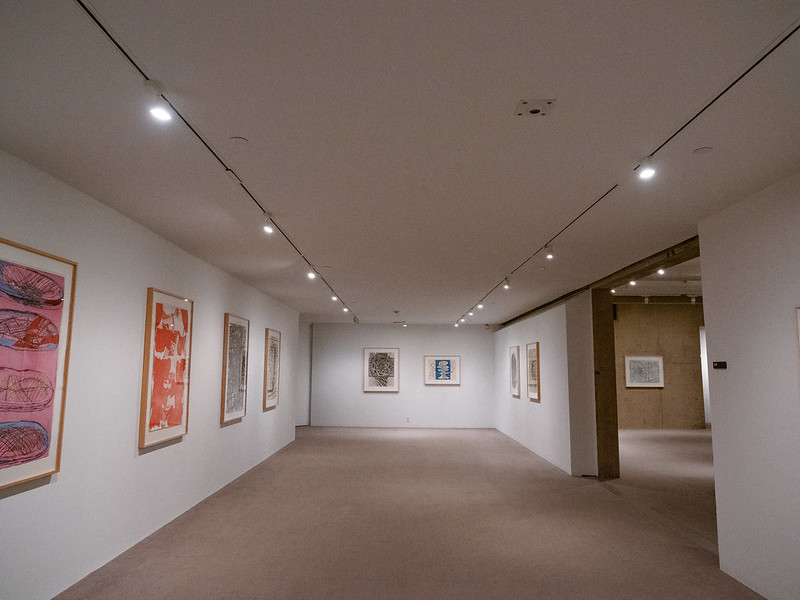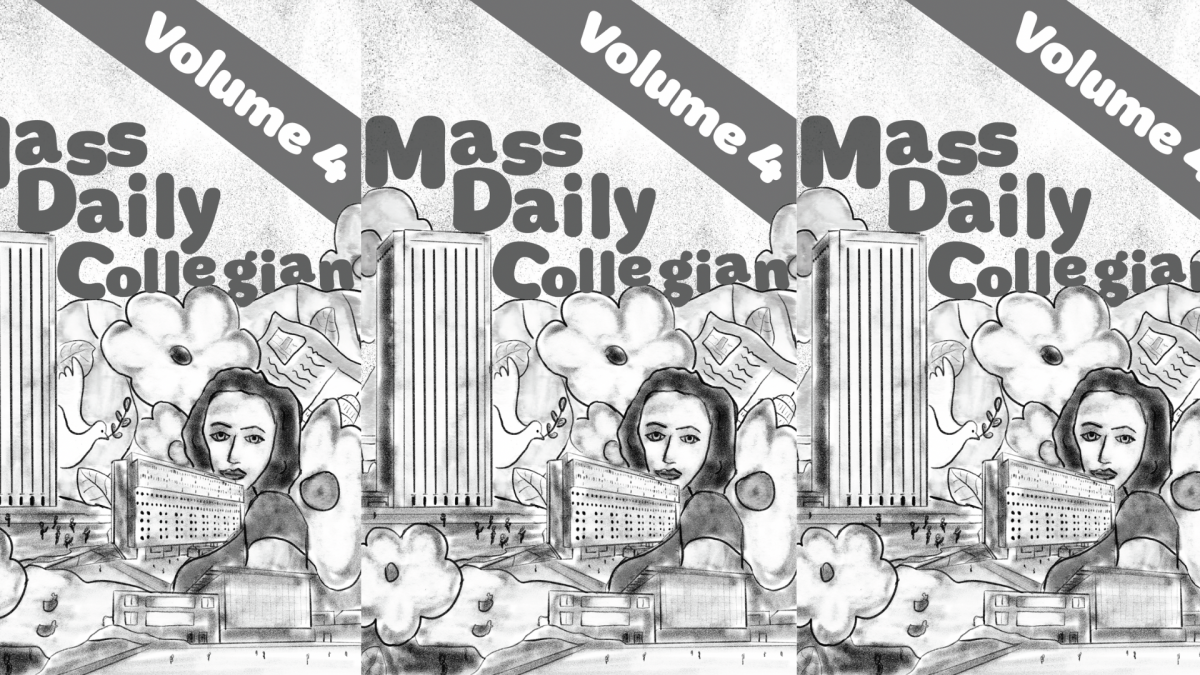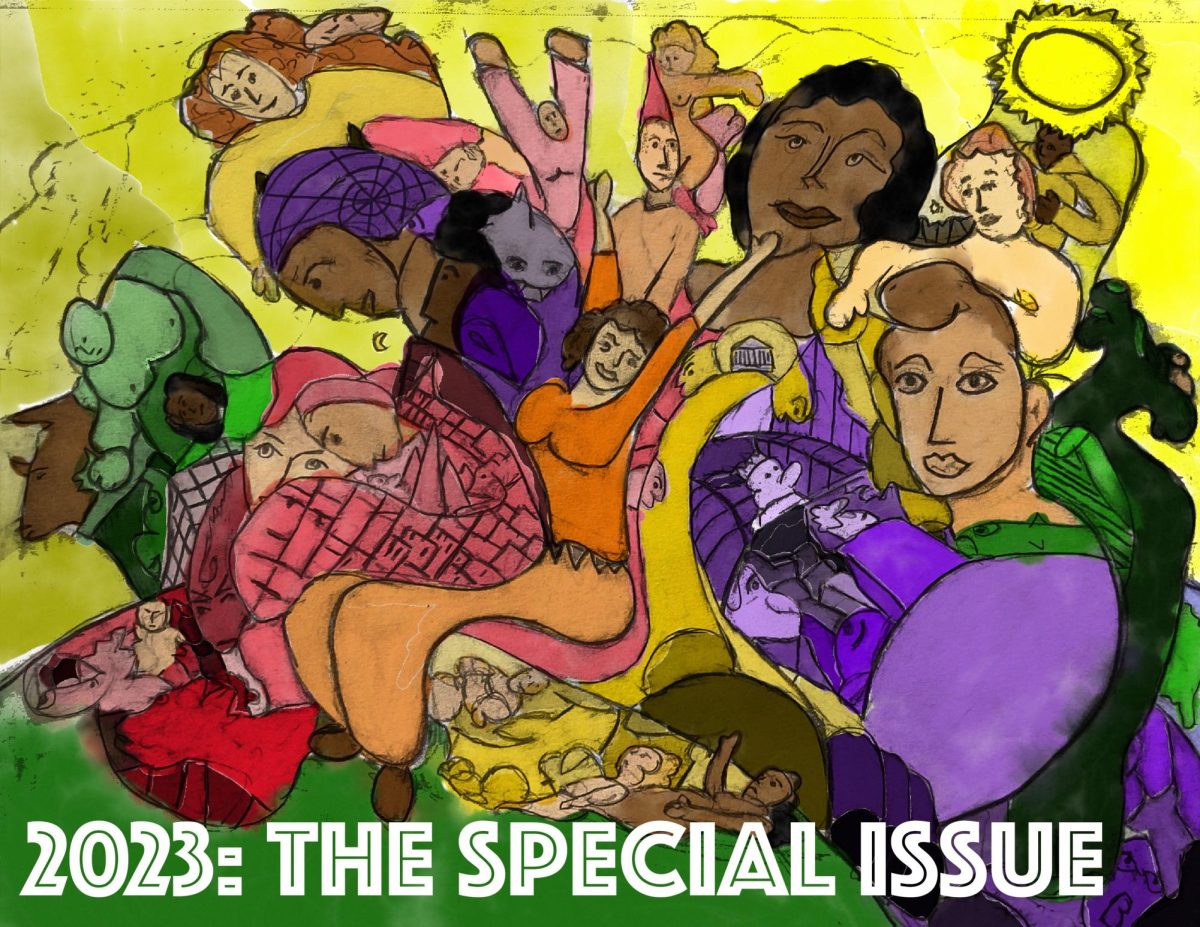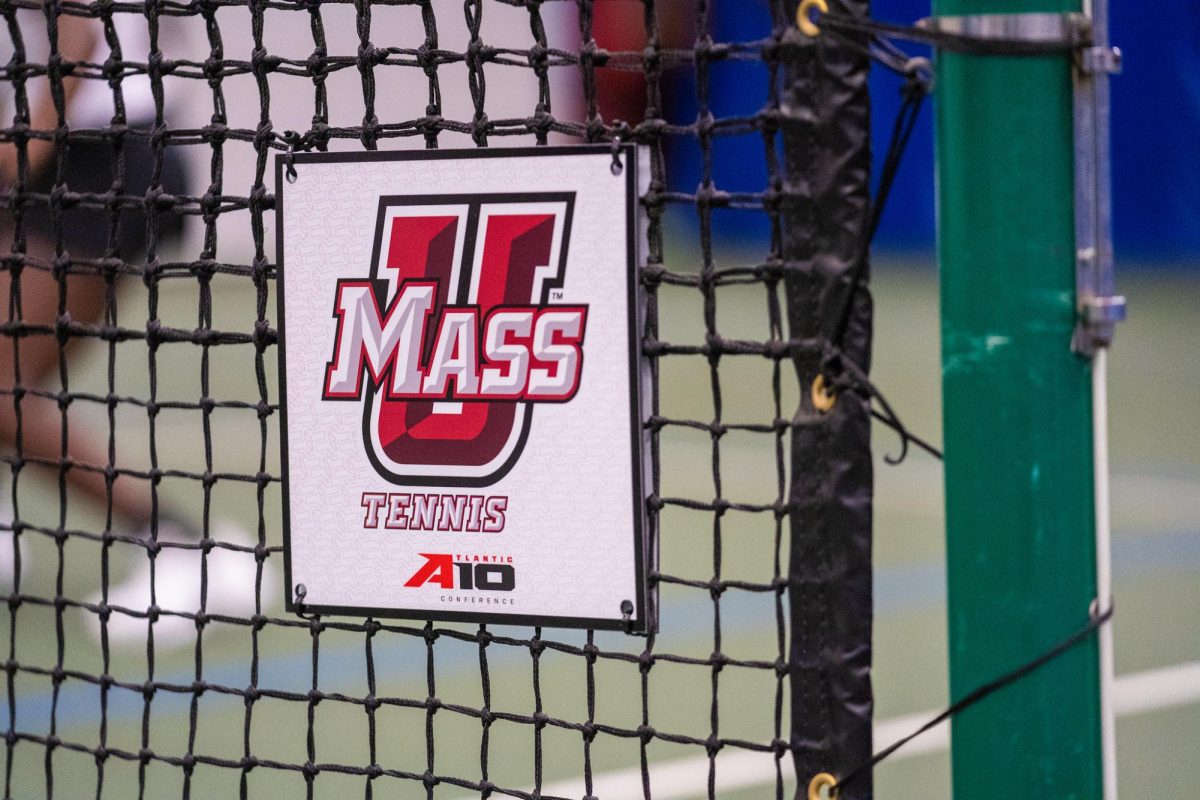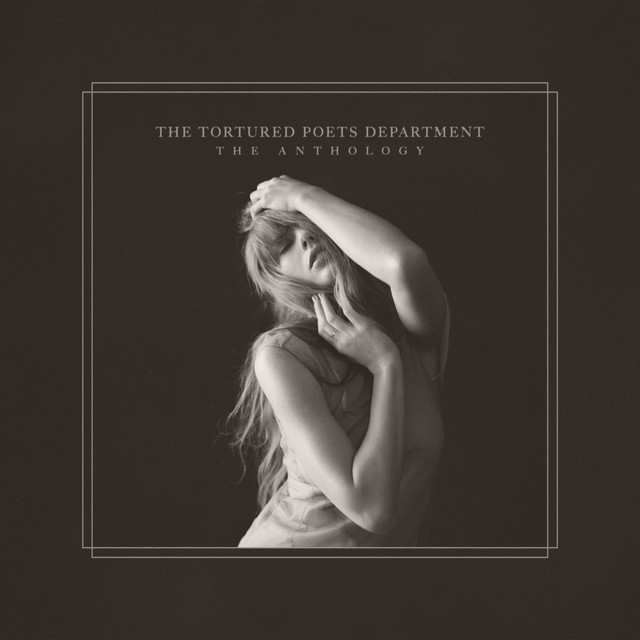College museums play an important role in fostering expression and community while educating students via art’s social and political significance. This is exemplified at the University Museum of Contemporary Art and their year-long exhibit “60 Years of Collecting.” According to their website, it features “3,600 prints, drawings, photographs and multiples — from masters of mid- and late 20th-century art to work by the leading artists of our time.”
“We want to create engaging experiences for students so that they’re thinking about the art and talking about the art,” Amanda Herman, UMCA education curator, said. “We are pushing the boundaries of what a museum can be and who it’s for.”
UMCA gallery Director Loretta Yarlow notes the importance of art within academic spaces. “It’s art and politics. There are so many important artists that we’ve worked with who have important concerns,” she said. “In their art, they wish to express world concerns, global concerns and concerns within our local environment.”
The East Gallery houses a collection of photography from the 1950s to present day. Prominent names such as Andy Warhol and Diane Arvis come up through the exhibition. Their work is ordered chronologically. Yarlow said, “the idea was to create a contemplative center space.”
Herman works directly with students and establishes them in the role of educators. “I’m relatively new to the museum and UMass. I’ve been [here] for four years,” Harmon said. “The bread and butter of my job [is] to do the education kind of interpretation of every exhibition. Our goal and mission and what we do are bring different classes into the UMCA, introduce them to the exhibitions on view, and provide educational experiences for them.”
Yarlow, Herman and Jenny Lind, collection manager, teach students about the collection process of museum acquisitions. The class, “Collection 101: Acquiring Art for the UMCA Permanent Collection,” gives 14 students the opportunity to buy six to eight works of art for the museum. They specifically seek to include more pieces created by women and artists of color, according to Herman.
This spring, they have added two new pieces. One of which is a Kehinde Wiley print. The other is Kiki Smith’s “Tidal,” an accordion book showing the 13 full moons of one year. Beneath it is an undulating piece of paper printed with panoramic photographs of ocean waves, pulled by lunar gravity.
This decision was made by “Collecting 101” students “…who studied four works on paper, saw them in person during a visit to the Krakow Witkin Gallery in Boston, gave heartfelt presentations about them at a public event at UMass last November and encouraged the audience to vote for their favorite work,” Herman said.
The UMCA fosters an academic connection through collaboration with faculty on campus from all disciplines. “We collaborate with the art history department,” Yarlow said, “but I realize we must reach out to English and philosophy and political science and history and other disciplines. The role grew in terms of wanting more programming that connects with academics. Also wanting to connect with the community.”
Art has changed in response to the COVID-19 pandemic and global sociopolitical tensions, especially in students’ eyes. Art is ideally situated to bring people together, encourage conversation and inspire action in different ways. Museums, however, have a complex history regarding whose work has traditionally been displayed.
Herman’s position as an education curator allows her to tackle social issues within the institution. Herman has been looking into collaborations with artists whose practice centers around social change.
The collection managers’ committees raise a few thousand dollars per year which, according to Yarlow, causes them to be judicious about their purchases. As the collection grows, some questions arise. How does UMCA keep growing the collection with a minimal budget and a minimal amount of storage space? How do they continue to share it and care for it?
Yarlow hopes this exhibition brings up those questions and reminds everyone why college art museums are remarkably important. Amid our current times, Herman noted how interesting it is to hear people talk about how art connects to their own experience throughout the pandemic, including their feelings of isolation and fear; student artwork resonates and represents them in ways that are difficult to articulate. Like Herman emphasizes, art has always been a source of hope in difficult times.
Diamond Smith can reached at [email protected].

